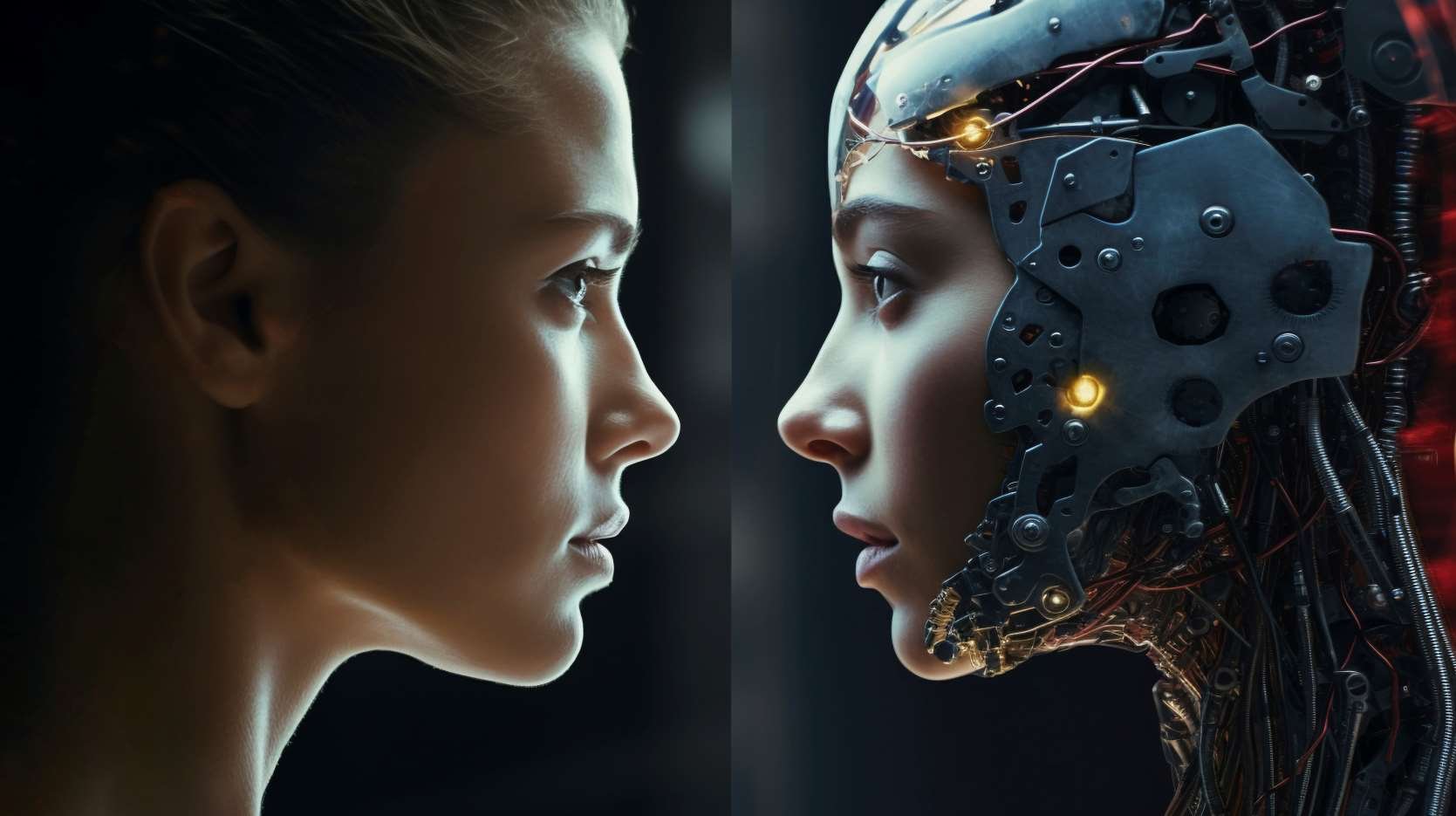Network Security: Techniques for Securing Networks and Communications
As the digital world becomes increasingly interconnected, securing networks and communications has never been more crucial. Network security involves a range of techniques to protect data, prevent unauthorized access, and defend against cyberattacks. For individuals and organizations alike, understanding these techniques is essential for keeping information secure. Here are some fundamental methods used in network security to safeguard digital communications and protect sensitive information.
Firewalls: The First Line of Defense
Firewalls are essential in blocking unauthorized access and controlling traffic flow between secure internal networks and untrusted external sources. Acting as a barrier, firewalls filter data based on predetermined security rules, preventing potential cyber threats from entering the network. Today’s advanced firewalls include capabilities like deep packet inspection (DPI) and intrusion prevention to detect and neutralize malicious traffic. Firewalls can be hardware-based, software-based, or a combination, providing versatile protection for various network setups.
Encryption: Keeping Data Confidential
Encryption is the process of encoding data so that only authorized parties can access it. This technique protects sensitive data from being readable by unauthorized users, even if intercepted. Encryption protocols, such as SSL/TLS for secure web browsing and VPNs for remote access, are widely used to ensure the confidentiality of data in transit and at rest. By encrypting files, emails, and network connections, organizations can significantly reduce the risk of data breaches.
Intrusion Detection and Prevention Systems (IDPS)
Intrusion Detection and Prevention Systems (IDPS) are powerful tools for monitoring network traffic in real-time, identifying unusual activities, and stopping potential threats. IDPS can detect various cyberattack patterns, including Distributed Denial of Service (DDoS) attacks, which aim to flood networks with traffic to disrupt normal operations. With IDPS in place, organizations can take proactive steps to prevent security incidents and protect sensitive data.
Virtual Private Networks (VPNs): Ensuring Secure Remote Access
VPNs have become essential for securing remote connections. By encrypting data and masking the user’s IP address, VPNs provide a secure channel for users to access network resources from different locations. VPNs are particularly important in today’s remote work environment, where employees may connect from various places. By securing remote connections, VPNs help protect sensitive information from cyber threats.
Access Control Mechanisms
Access control mechanisms, including Multi-Factor Authentication (MFA) and Role-Based Access Control (RBAC), are used to limit access to network resources. MFA requires users to provide multiple forms of verification, reducing the likelihood of unauthorized access. RBAC ensures that users only have access to the data and systems necessary for their role, limiting potential exposure to sensitive information.
Regular Security Audits and Updates
As cyber threats evolve, regular security audits and timely updates are crucial to identifying vulnerabilities and keeping systems secure. Patch management ensures that software is regularly updated to protect against known exploits, minimizing security risks and maintaining robust network defense.
Conclusion
In today’s digital world, network security is an essential component of safeguarding sensitive information and maintaining the integrity of communications. Implementing firewalls, encryption, VPNs, and access controls creates a strong defense against cyber threats and data breaches.
For those interested in learning more or pursuing a career in cybersecurity, JIET Jodhpur offers specialized undergraduate courses in cyber security, providing students with the skills and knowledge to secure networks and protect data in an increasingly complex digital landscape. Explore their Cyber Security course to prepare for a career in this high-demand field and be at the forefront of digital security.







